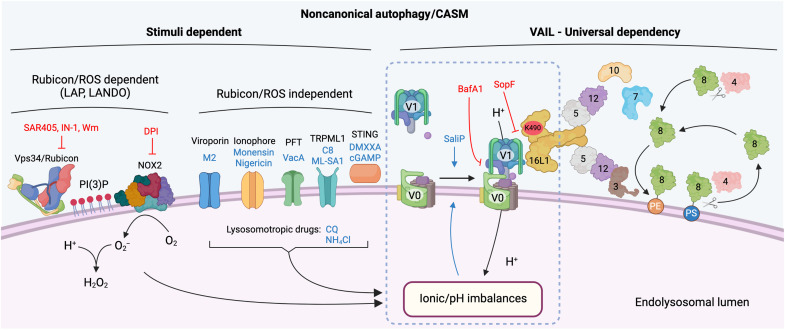Fig. 3. Regulatory and unifying mechanisms of noncanonical autophagy activation.
An overview of the known mechanisms regulating noncanonical autophagy and CASM. Different stimuli converge to alter the ionic balance and pH of the target endolysosomal vesicle. LAP and LANDO depend on Vps34/Rubicon-mediated activation of NOX2 to induce ROS production, which consumes protons and raises pH. Multiple stimuli, including viroporins, ionophores, PFTs, lysosomotropic drugs, TRPML1 agonists, and STING agonists, all lead to alterations in luminal ion balances and pH independent of Rubicon and ROS. Endolysosomal pH perturbations are sensed through unknown mechanisms and lead to increased association of V0-V1 subunits of the V-ATPase complex. Increased V0-V1 association drives VAIL (V-ATPase–ATG16L1–induced LC3 lipidation) and the recruitment of the ATG16L1 complex through the C-terminal WD40 domain. The autophagy-related ubiquitin-like conjugation systems then target ATG8 proteins for lipidation to PE or PS on the endolysosomal membrane. Pathway inhibitors are in red text, and activators are in blue text. Figure generated using Biorender.com

